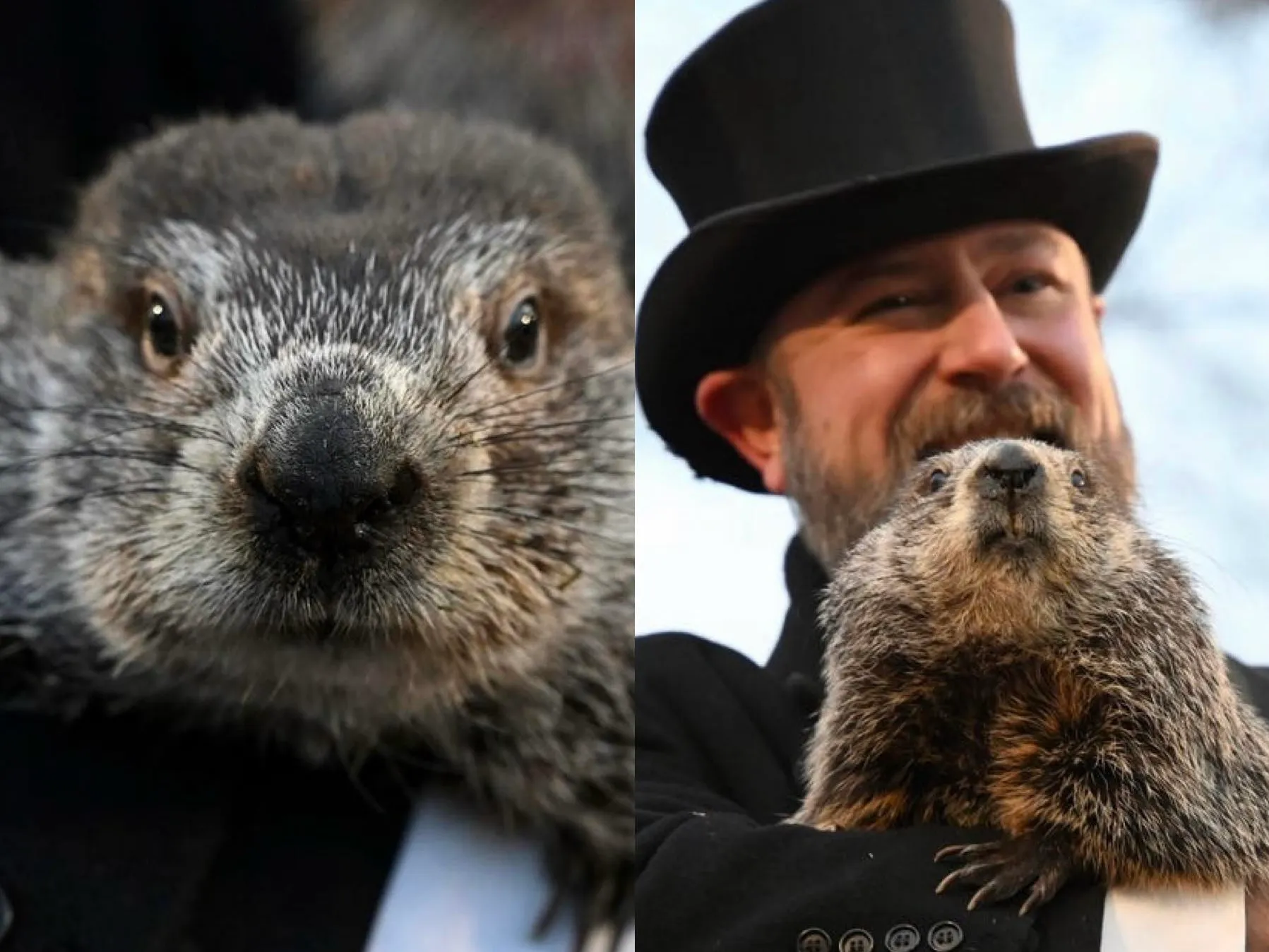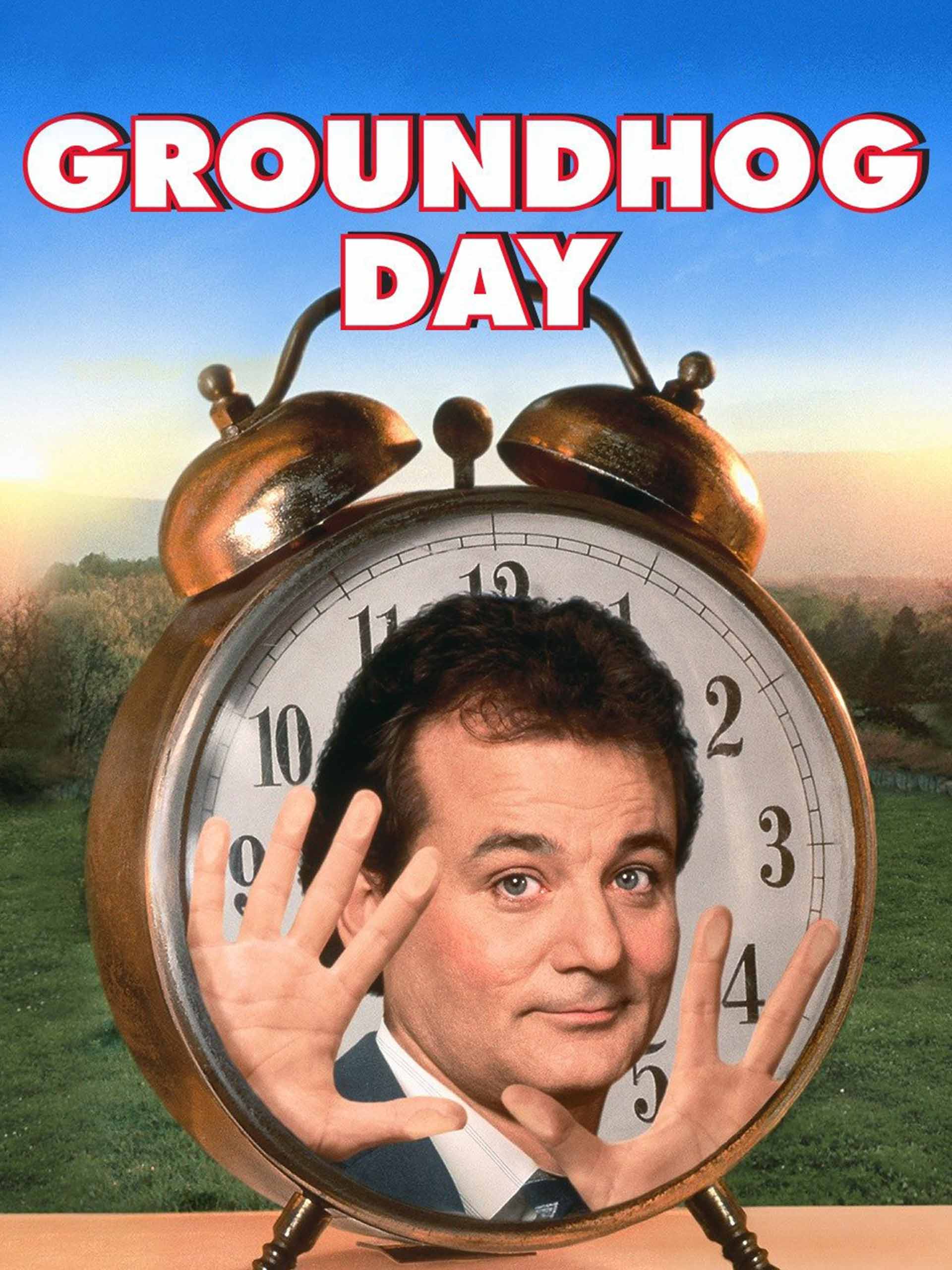The origins of Groundhog Day can be traced back to ancient European traditions, particularly the Celtic festival of Imbolc and the Christian holiday of Candlemas. These celebrations were observed around the beginning of February and marked the midpoint between the winter solstice and the spring equinox.
Advertisement
The specific link between a groundhog and weather predictions can be attributed to German settlers in the United States. The Germans had a tradition that if a hibernating animal, such as a hedgehog, saw its shadow on Candlemas Day, there would be six more weeks of winter.

When these settlers arrived in the United States, they found a lack of hedgehogs but an abundance of groundhogs, leading to the adaptation of the tradition with a groundhog as the predictor.
Advertisement
The first official Groundhog Day event took place in Punxsutawney, Pennsylvania, in 1887. The Punxsutawney Spirit newspaper declared that Phil, the groundhog, was the “seer of seers” and the “prognosticator of all prognosticators.” Over time, the celebration gained popularity and became an annual event, with Punxsutawney Phil emerging as the most famous weather-predicting groundhog.
Groundhog Day has since become a cultural phenomenon, celebrated in various parts of North America with festivals, parades, and the eagerly anticipated prediction by a groundhog on February 2nd. The celebration is now more of a lighthearted and entertaining tradition than a serious attempt at weather forecasting.


Leave a Reply